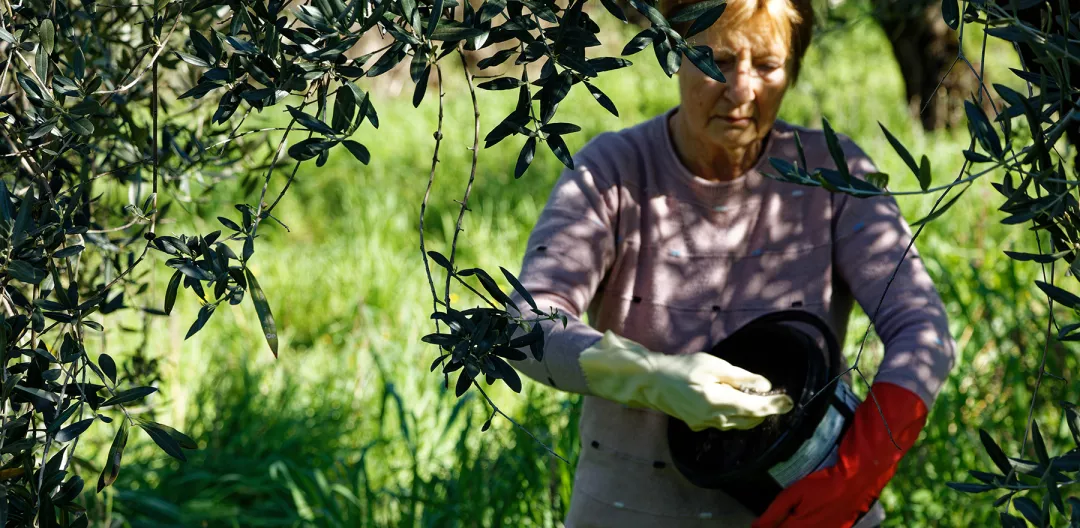Evaluation report with a gender perspective in Catalonia
The report focuses on the impact of the 2014-2022 Rural Development Programme (RDP) of Catalonia on the promotion of gender equality, by identifying actions implemented and whether the needs identified in the programming phase of the RDP have been met.
- Spain
- 2014-2022
- Cross-cutting impacts


The evaluation of the RDP of Catalonia 2014-2022 was commissioned by the 'Servei d’avaluació contínua del Programa de desenvolupament rural de Catalunya 2014-2022' and published in 2022.
The overall objective of the evaluation is to analyse the impact of Catalonia's 2012-2022 RDP on promoting equality between men and women. The specific objectives are: (1) to identify what type of actions have been implemented within the RDP and their scope to contribute to equality between men and women; and (2) to analyse the extent to which the needs identified in the programming phase of the RDP associated with the contribution of equality between men and women have been met.
The methodology integrates a participatory approach with the actors involved in developing gender equality in Catalonia through the articulation of European Agricultural Fund for Rural Development (EAFRD) funds by the RDP. It is articulated into three phases.
- Phase I - Review of statistical sources: a statistical analysis is carried out from secondary information sources.
- Phase II - Documentary analysis: secondary information is analysed, including the 2021 Annual Implementation Report, RDP operations databases, criteria for the selection of operations (Version 8.0, October 2022), intermediate self-assessments of the 11 LAGs, and the evaluation of the 'Programme of women of the rural and maritime areas (2016-2020)'.
- Phase III - Fieldwork research: collection of specific information on the situation of women, with two sub-phases:
- a. Online questionnaires were sent to the beneficiaries of the RDP to assess the scope of the aid in the development of their projects, results, etc., which were sent to the LAGs to know the percentage of women who are part of the association and to highlight good practice projects, as well as to the Monitoring Committee.
- b. In-depth interviews with RDP management units whose operations impact the promotion of gender equity.
The main conclusions drawn from the study are the identified measures that reflect the principle of equal opportunities through the criteria of prioritisation within the RDP of Catalonia, including Measures 1.2.1, 4.1.1, 4.1.2, 6.1.1, 6.4.1; 16.1.1; 16.4.1 and 19.3.1. and 22.589. Beneficiaries have received aid under one of the measures analysed, and of these, 22.59% are women.
Overall, there are significant differences between measures. Measure 10 stands out with the most significant number of women (2 920), representing 17.5%. The measures with the lowest female share are Measures 7 and 16, with five beneficiaries each.
In relation to the amount of aid supported, the measure that concentrates the highest Total Public Expenditure (TPE) aimed at women is Measure 10 (Agri-environment and climate) with 35.95%. Behind this are Measure 13 (Payments to areas with natural or other specific constraints) and Measure 11 (Organic agriculture), which have a percentage of support for women of 18.65% and 15.08%, respectively. Regarding the average TPE per project of all the measures analysed, EUR 2 030.09 of the budget is allocated to women, which is 20.15% lower than the average registered for men.
As a result of the LAG questionnaire, many pointed to the progressive increase in rural areas of projects managed by women and that they are increasingly in positions of responsibility for decision-making. However, they still identify difficulties associated with the professional promotion and low participation of women in positions of responsibility, the lack of work and professional reconciliation of women, the predominance of men in the rural environment and agricultural sector in particular, the limitation of LAGs’ action to achieve the entrepreneurship objectives, on a budget basis, or because of their capacity.
In the end, only 52.63% of the LAGs say that women account for 35-50% of those in decision-making bodies, and only in 36.84%, women are more than 50%. No LAG has at least 50% of women representatives from partner entities and only 41.67% with a representation between 30-50% of women. Of the eleven LAGs of Catalonia, seven are managed by women, representing 63.6% of the groups. However, the representation of women in LAG governance bodies has a slightly positive trend, rising from 26.37% in 2019 to 29.17% in 2022.
Author(s)
RegioPlus Consulting